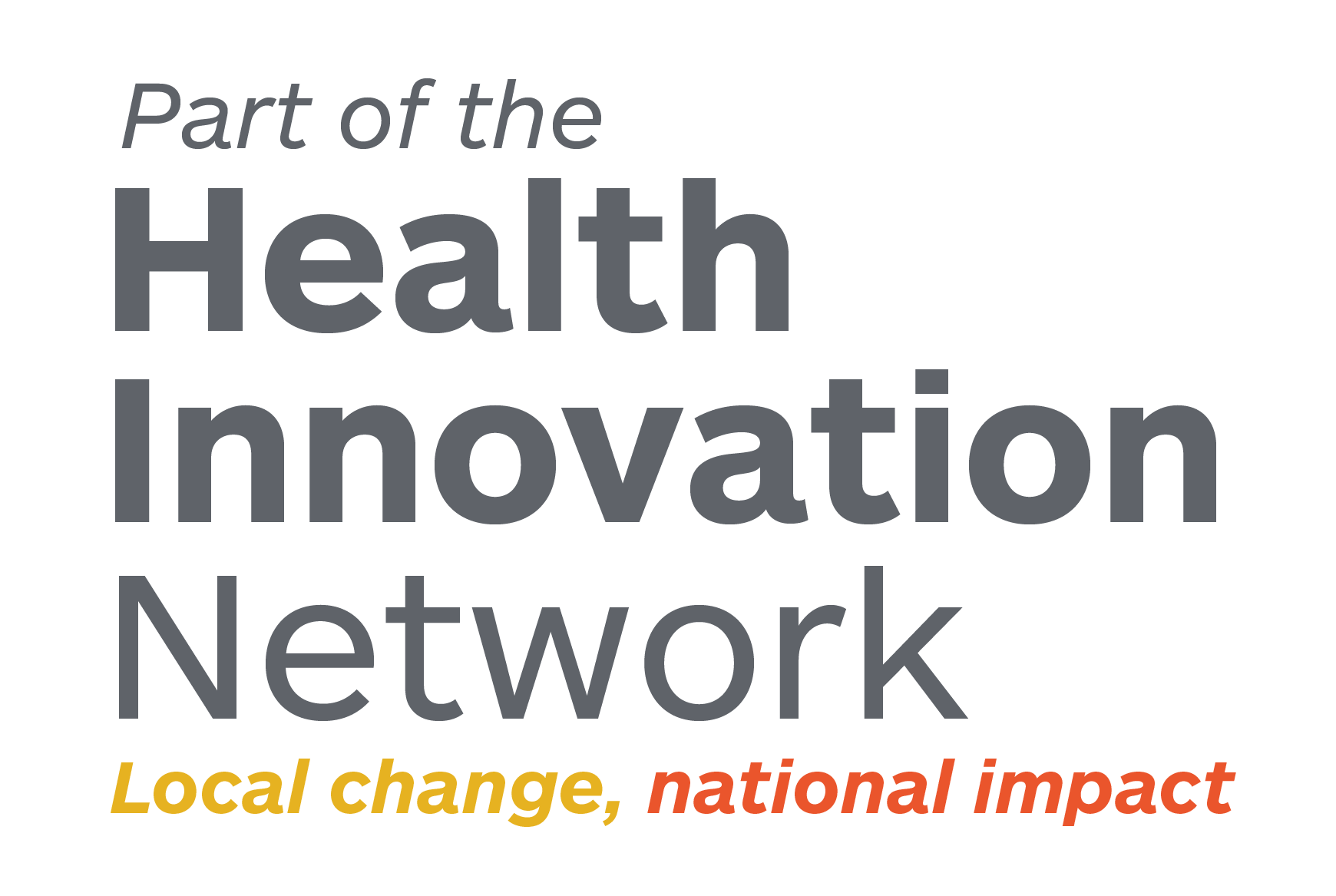Ceilidh Jackson – Baker, Project Support Officer with the commissioning evidence-informed care team celebrates the triumphs of our GP Clinical Evidence Fellows…
In June 2017 I helped to organise an event to showcase the achievements of our GP Clinical Evidence Fellows. My team (commissioning evidence-informed care) support the ten Fellows to learn how to access and use evidence and then work with each of our seven clinical commissioning groups (CCGs) to embed this best practice into commissioning decision-making.
What really stood out for me at the showcase was the level of impact the Clinical Evidence Fellows are already achieving across a whole range of different areas. The feedback from attendees showed that CCGs also recognise their value.
“Attending the GP Clinical Evidence Fellows’ event on the 13 June 2017 was really inspirational. The short presentations each GP Fellow gave highlighted the personal and professional journeys they had been on and how their knowledge of the commissioning world had increased. With clinical commissioning groups looking for evidence to inform the commissioning decisions, Clinical Evidence Fellows have a lot to offer.”
Becca Robinson, Service Improvement Lead – Bristol Clinical Commissioning Group
Here, in no particular order, are my top ten ways our Clinical Evidence Fellows are influencing commissioning in the West of England:
- Improving interventions for frail elderly people
Dr Bisola Ezobi’s work looking into evidence on community-based interventions for frail elderly people for Bath & North East Somerset CCG has resulted in Comprehensive Geriatric Assessments being implemented in the community.
- Evidence reviews for clinical policies
Dr Catherine Bennett’s evidence searches relating to clinical policies have been used to guide the formal policy review and redesign at Wiltshire CCG to ensure that evidence underlies their decision-making.
“We need to continue to support the Fellows and embed them into CCG life!” Wiltshire CCG representative
- Minor procedures demand management
Swindon CCG have moved most minor surgical procedures to the same evidence-based criteria as Wiltshire CCG as a result of Dr Francis Campbell’s work, thus reducing inequality of access to these services to the local populations.
- Near-Patient CRP testing
Dr Caroline Ward implemented a pilot study of near patient C-reactive protein (CRP) testing with the Urgent Care Unit in Swindon CCG. This is a simple pinprick blood test taken in the consultation which gives results in minutes as to whether a patient has an infection that needs antibiotics. Early results indicate that this has reduced unnecessary antibiotic prescribing, which is good for antimicrobial resistance – and therefore patient care and CCG prescribing budgets.
- Expert Patient Programme
Dr Vanessa Dane’s review of the available evidence for peer led self-management programmes was presented to the Gloucestershire CCG clinical programme teams who used the findings to inform development of the Expert Patient Programme.
The GP Clinical Evidence Fellowship is “a great initiative and I will continue to support and endorse the importance of evidence-based commissioning.” Gloucestershire CCG representative
- Supporting improvement of the COPD pathway
Dr Farida Ahmad has helped to increase awareness across Bristol, North Somerset and South Gloucestershire STP of the evidence that pulmonary rehab can make a positive difference for people with Chronic Obstructive Pulmonary Disease (COPD).
“For a relatively small amount of time and money a huge amount has been achieved professionally and personally and in CCG benefit.” Bristol CCG representative
- Reviewing the use of digital apps in the treatment of depression
Dr Ed Mann’s review of the use of digital apps in the treatment of depression saved North Somerset CCG money through not investing in iCBT due to there being no strong evidence supporting its effectiveness.
Dr Mann’s evidence review “looked at specific models (and the evidence behind them) currently available on the market. It also pulled in the current commissioning context and demonstrated a knowledge of the current pathway and therefore opportunities to transform. It then weighed up the pros/cons.” North Somerset CCG representative
- Informing service change through effective use of RightCare data
RightCare is a programme for identifying unwarranted variation in health across CCGs. The RightCare data reports produced by Dr Charlie Kenward have been shared with various teams across North Somerset CCG and are informing service change. This has included transformation teams discussing the need to develop an evidence-based plan for relieving pressure on A&E.
- Reviewing injection therapy for treating low back pain
Dr Nick Snelling’s evidence review on treating low back pain with injection therapy has resulted in facet joint injections only being available by exception as the evidence suggests insufficient clinical effectiveness for offering these routinely. This means anticipated savings across Bristol, North Somerset and South Gloucestershire STP of approximately £100,000 per year, and alternative pathways to manage patients’ pain in the long-term.
- Suicide prevention in the LGBTQ community
Dr Phil Simons completed an evidence review on suicide prevention strategies for the LGBTQ community as part of the South Gloucestershire Suicide Prevention Strategy and made various recommendations for improving support and training, particularly in schools, which the partnership group are looking to implement.
“Phil’s work has reinforced the LGBT community as one of our local priority groups for reducing inequalities… His review has helped shape what this might look like in practice, influenced strategy and specifically plans to provide more LGBTQ support in schools.” Public Health Programme Lead (Mental Health & Emotional Well Being) for South Gloucestershire Council
Find out more
- Read more about the work of the GP Clinical Evidence Fellows along with other examples of best practice in using evidence and evaluation in the ‘Show me the evidence’ booklet
“the opportunity to network and discuss our roles provided a valuable opportunity for inter professional knowledge exchange…The morning was informative, well organised and personally motivating for me and was useful not only in my new role with APCRC, but also for clinical and teaching purposes. In conclusion, a great morning and time very well spent!”
Dr Anne Johnson, Senior Lecturer/Researcher in Residence Fellow – Avon Primary Care Research Collaborative



